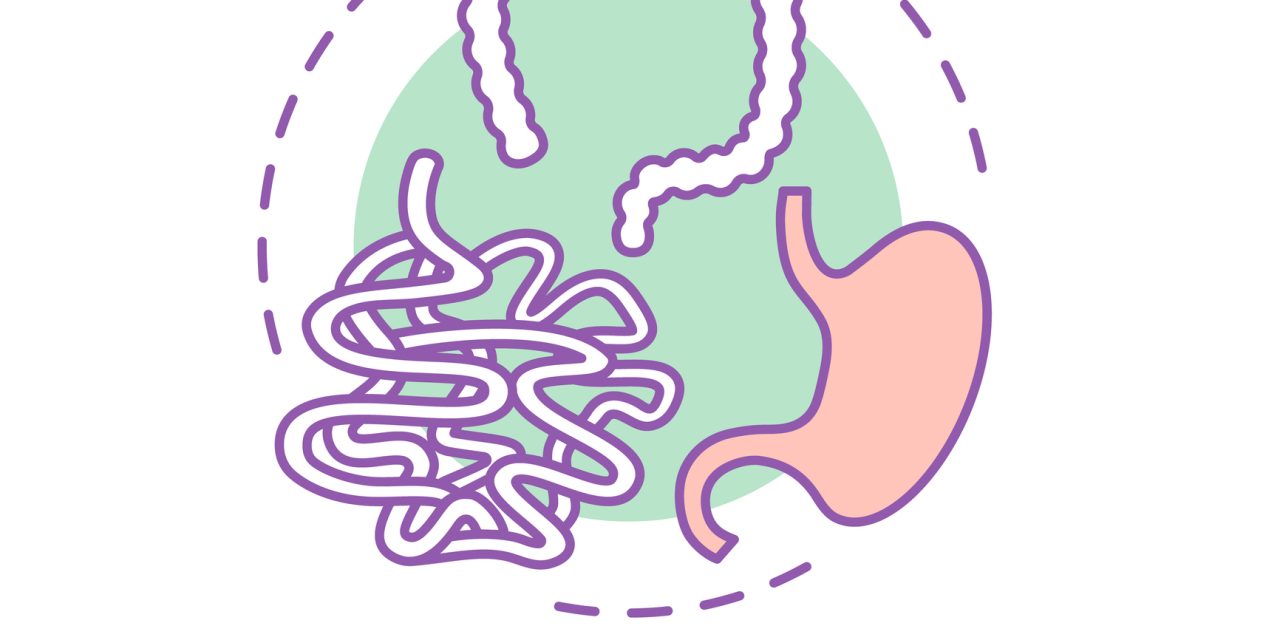To correlate histologic activity in surveillance colonoscopies with the development of colorectal neoplasia in ulcerative colitis (UC).
Colorectal biopsies during surveillance (N=764) from 52 UC patients with colorectal neoplasia were compared to 122 patients without neoplasia enrolled in a prospective natural history registry. All biopsies were scored using validated histologic scoring systems (Geboes score, Nancy histopathologic index (NHI), and Robarts histopathologic index (RHI)). Clinical, endoscopic, and histologic data were correlated with the development of colorectal neoplasia.
In multivariable analysis, mean RHI (HR 1.07 for each 1-unit increase in RHI, 95% CI 1.03-1.12, P=0.002) and mean NHI (HR 1.89 for each 1-unit increase in NHI, 95% CI 1.34-2.67, P=0.002) for the entire surveillance period were significantly associated with colorectal neoplasia development. Shorter surveillance interval and increasing age were associated with increased risk of neoplasia development whereas mean Mayo endoscopic score was not significant. To generate a clinically useful measure of neoplasia risk, mean histologic activity in the preceding 5 years before study endpoint was correlated with neoplasia development. In the preceding 5 years of surveillance, a mean RHI ≥ 8 had a 7.53-fold increased risk (95% CI 2.56-12.16, P<0.001) and mean NHI ≥ 1.9 had a 5.89-fold increased risk (95% CI 2.18-15.92, P<0.001) of developing colorectal neoplasia.
Persistent histologic activity during multiple surveillance episodes is an independent predictor of colorectal neoplasia. Mean RHI and mean NHI during a 5-year colonoscopic surveillance period can be used to assess risk for colorectal neoplasia and optimize UC surveillance.
© The Author(s) 2021. Published by Oxford University Press on behalf of European Crohn’s and Colitis Organisation. All rights reserved. For permissions, please email: journals.permissions@oup.com.
Validated Indices for Histopathologic Activity Predict Development of Colorectal Neoplasia in Ulcerative Colitis.


